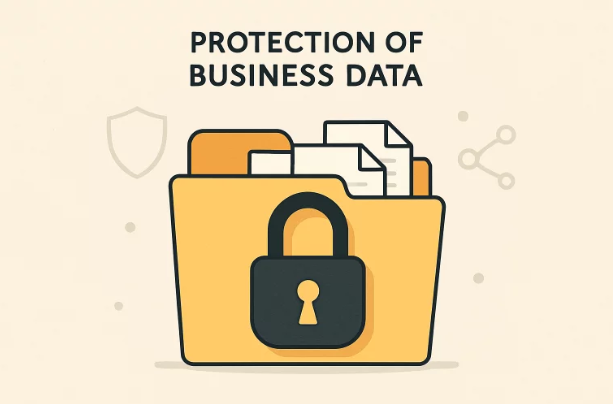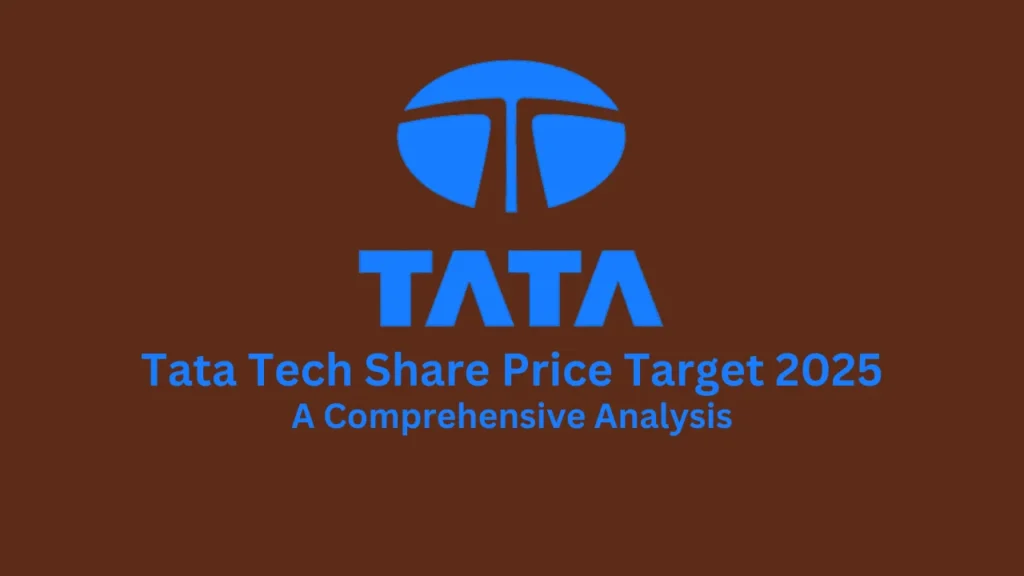The need for data security in this part of the world is more paramount than ever, owing to the fast-paced changes around us. Data is at the heart of every activity conducted within a company, an asset to be safeguarded and leveraged for development. In today’s digital society, data security has evolved from being an IT issue to a cross-enterprise concern, particularly for professionals managing vital business information like customer data, firm-sensitive assets, or ensuring compliance with policies. The consequences of inadequate data protection can include operational disruptions, regulatory penalties, and loss of customer trust. These frameworks, combined with proactive disaster recovery options, create a safety net that shields organizations from catastrophic data loss, malicious attacks, and unexpected technical failures.
The adverse effects of data loss incidents go far beyond operational disruptions. They can shatter business continuity, leak sensitive information, incur significant fines and legal costs, and face litigation allegations. In addition, the aftermath often includes a tarnished reputation and diminished stakeholder trust, which are, notably, expensive and slow to restore. Implementing a comprehensive multilayered DLP strategy while concurrently investigating advanced disaster recovery tools and techniques enables organizations to proactively avert breaches, respond strategically to incidents, and preserve clients’ and regulatory trust. Ensuring data protection becomes a fundamental pillar of your business strategy and provides a fortified edge against emerging and existing vulnerabilities.
Understanding the Importance of Data Security
Data is crucial to a business because, in innovative analytics, it shapes models, fuels innovation, and assists in sharpening product offerings. Sensitive information like personal, financial, and health records, data, and even trade secrets makes data a susceptible target for cybercriminals and insider threats. In addition, legal frameworks governing data privacy, such as GDPR in Europe, HIPAA for the healthcare sector, and CCPA in California, increase regulatory obligations on businesses, making unauthorized access to the data impossible. Maintaining a credible DLP policy minimizes breach risks, ensures consistent regulatory compliance, and prevents unauthorized data access. Protecting your organization from loss actively displays a commitment to ethical data handling and demonstrates the data privacy of clients
Implementing Effective DLP Strategies
Organizations must adopt an integrated approach that covers all stages of the data lifecycle to address the problem of ever-increasing sensitive information threats and DLP systems. Here are the key pillars of an effective data loss prevention strategy:
Data Classification and Inventory
Data loss prevention starts with awareness, which includes knowing what data is available, how sensitive it is, and where it resides. Information governance is supported by classification and inventorying tools that enable firms to categorize information based on its type, importance, and any applicable regulatory obligations. This allows them to put appropriate safeguards on the data. Armed with reliable inventories, enterprises can now improve protective measures for prioritization and incident management. Moreover, organizations can improve the effectiveness of DLP by conducting regular audits to cope with changing business needs or evolving compliance demands.
Access Controls
Mitigating the damage posed by internal threats and data leakage necessitates the allocation of access to sensitive data on a strictly “need-to-know” basis. By implementing granular, role-based access control (RBAC) policies, businesses drastically reduce the risk that an unauthorized or compromised user can exfiltrate valuable data. These access controls must remain dynamic and automated, subject to regular reviews and updates, so that they retain efficacy in addressing changes to user roles, organizational structure shifts, or even external collaborations. Automated provisioning systems coupled with regular audits of access privileges strengthen your protection perimeter against data abuse, whether intentional or otherwise.
Data Encryption
In modern settings, encryption remains a focal pillar protecting sensitive information. Businesses can guarantee protection of their confidential information, whether stored on devices, servers, or in transit over the Internet, by transforming such data into an unreadable format that can only be deciphered by authorized users holding relevant keys. Committing to industry-leading standards such as Advanced Encryption Standard (AES) 256 for both data in transit and at rest allows for comprehensive safeguarding. This is crucial in transmittal ecosystems where confidential information is shared across various platforms, devices, or locations: end-to-end encryption is imperative.
Employee Training and Awareness
Technological safeguards, regardless of their complexity, cannot eliminate human error as a potential source of data breaches. Employees often serve as the first and sometimes only line of defense against social engineering, phishing, and disclosure attacks. Thus, it is imperative that organizations provide ongoing training tailored to each role. Such training should address emerging threats, guide employees on identifying red flags, and practice organizational security. This helps create a culture of vigilance among employees who value their role within the organization’s defense ecosystem and actively defend the information assets.
Regular Backups
In order to make sure organizational information systems can continuously operate in the face of cyber incidents, natural disasters, or hardware malfunctions, consistent data backups are crucial. Sensitive data must be backed up regularly and stored securely, and encrypted, both on-premises and in the cloud. Equally important is the periodic testing of restoration processes, as this ensures full restoration can occur in a timely manner when needed. DLP systems that integrate backup and disaster recovery solutions help streamline incident response to avert operational halts and prevent permanent data loss.
Continuous Monitoring and Real-Time Alerts
Because of the dynamic nature of business endpoints, continuous data monitoring is highly important for operational efficiency and effectiveness. The most advanced DLP systems monitor all data movements with precision, creating detailed audit logs and insightful data that can be utilized for post-incident evaluations or compliance audits. Automated alerts issued in real-time provide an early warning system and notify IT personnel of any unauthorized or suspicious activity, allowing them to take action before data breaches occur. Businesses can take proactive measures to defend against sophisticated attacks while rapidly identifying and containing emerging threats using advanced proactive monitoring and alerting tools.
Compliance with Data Privacy Laws
With laws such as GDPR, HIPAA, and CCPA, the world of data regulation can be daunting to navigate. Compliance, in this case, is not a one-time effort but a continuous strategy. With DLP policies, organizations can achieve compliance in a more efficient manner, as automating policy enforcement ensures required safeguards are in place to protect personal data and audit timelines. For regulators and partners, businesses with proven compliance demonstrate commitment to privacy, thus shielding the company from investigations, fines, and expensive reputational damage. There is also a need to protect brand reputation, as customers are interested in their data rights; therefore, ensuring visible compliance aids customers’ trust in the brand.



